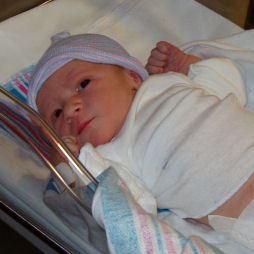
Like you, I am an airplane nut.
Built tons of models as a kid, built and flew my own designs in U-control and later Radio Control .. then later became a student pilot and now I fly for the fun of it when I can.
Along the way I took Embry-Riddle's perpeller beanie course .. er .. aerodynamics .. and for a time I was paid to build 3d models of aircraft and other bits for video games.
A few things I have learned along the way I thought may be useful to those who like to model these aluminum-fabric-titanium works of art and have them 'fly' fairly well in MSFS.
I am goin to take it for granted that you know the basic terms I use.. if not, just ask

Most of this applies to the piston engine hot-rods of WW2 ..and most GA types.
CG ..1/4 to 1/3 of total distance from leading edge of the wing. If it's too far forward. . you need massive elevator input to effect a change in pitch.. if its too far back.. elevator is very sensitive and can stall *easy* and often.
Incidence .. planes were designed with 1 degree or more.. up to 5 degrees for the heavy lifters. This is a compensating mechanism ..as speed builds up, lift available increases.. adding to the lift generated by the wing. Planes require nose down trim as speed increases. The benefit is .. if you lose power ..she will trim nose up automatically ..reducing the pilot workload on approach and in some cases compensating a bit for the low-wing flaps trying to pitch the nose down.
Wing twist ..comparing root and tip incidence ..the tip is angled down compared to the root. Planes are designed with 1-3 degrees of it. The benefit is, the wing will stall at the fuselage first, allowing the ailerons to be effective even when most of the wing has stopped flying. Roll control on approach is a good thing.
Something the real spit pilots have to watch for very closely.. due to elliptical wing, the stall wave progresses parrallel to trailing edge ..first indication of a stall in a real spitfire is loss of aileron control.. very bad on approach if you have to add power

Engine thrust .. 1/2 - 1 degree nose down reduces pitch changes when power is applied or cut dramatically. 1/2 a degree to right or left will counter a lot of the P-effect generated by the prop on takeoff roll.
These are some of my favorite things

-evil grin- ..using these principles ..I modified the Rans RV-8 add-on to emulate a turbo IO-600 (fictional engine) that makes 850 hp ..its an evil little airplane that is a blast to fly, stable as a rock, can hang on the prop ..sort of a poor man's Extra 300

-Grayeagle




 )
)


